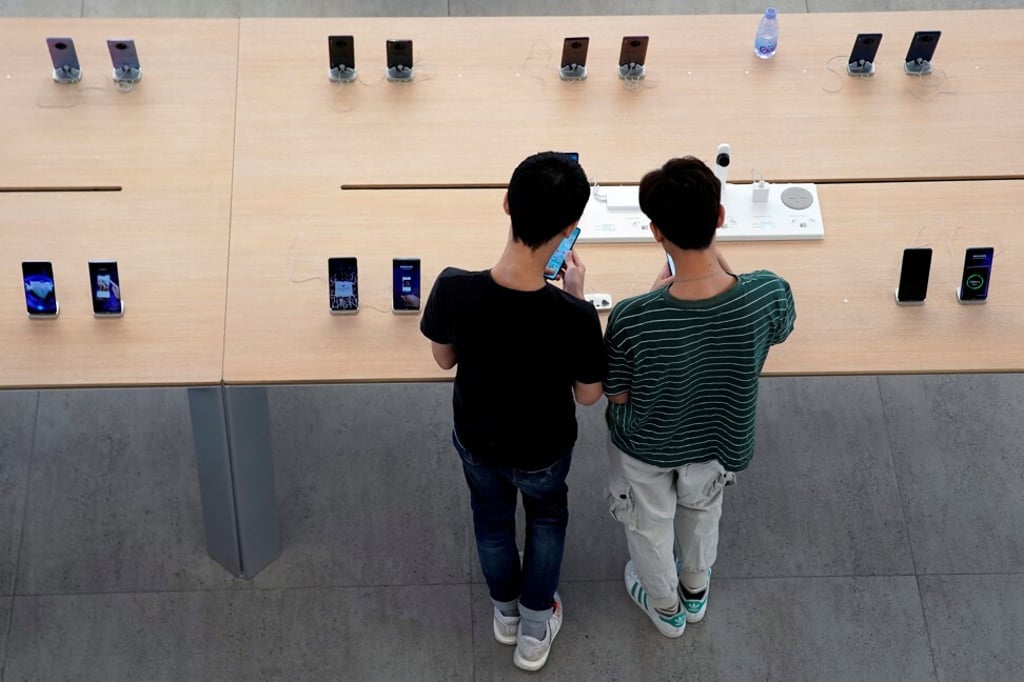Advertisement
Huawei launches HarmonyOS 2.0 for smartphones in uphill battle against Google’s Android operating system
- HarmonyOS 2.0 will be introduced on a number of Huawei devices, including smartphones, tablets and smartwatches
- Huawei plans to have HarmonyOS 2.0 installed in up to 400 million devices this year
Reading Time:2 minutes
Why you can trust SCMP
13

Huawei Technologies Co will this week launch HarmonyOS 2.0, the updated version of its in-house developed mobile operating system, as the Chinese telecommunications giant accelerates its move away from Google’s Android platform amid its struggles with US trade restrictions.
Shenzhen-based Huawei, the world’s largest telecoms equipment maker and formerly China’s biggest smartphone vendor, will introduce HarmonyOS 2.0 on June 2 across a number of devices, including handsets, tablets and smartwatches. It also aimed to get other smartphone vendors to use the platform.
It remains to be seen whether HarmonyOS will be quickly embraced by consumers and app developers in the world’s largest smartphone market and in major overseas markets.
Advertisement
“Developing a new ecosystem from scratch incurs significant amounts of workload,” said Chen Mulong, a veteran Android programmer who used to develop mobile phones for Nokia. “It is not only users who need to adapt to new styles of apps, it also involves luring a great number of developers to convert to the new platform.”
Chen said it is a tall order for Huawei to build an ecosystem completely different from Android.
Advertisement

Advertisement
Select Voice
Choose your listening speed
Get through articles 2x faster
1.25x
250 WPM
Slow
Average
Fast
1.25x